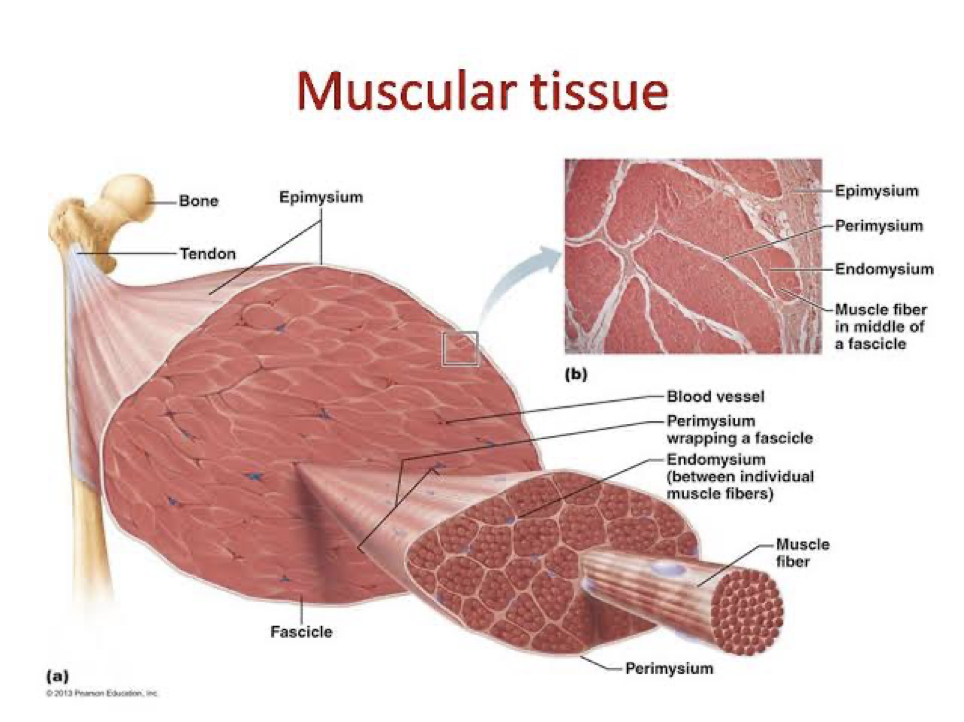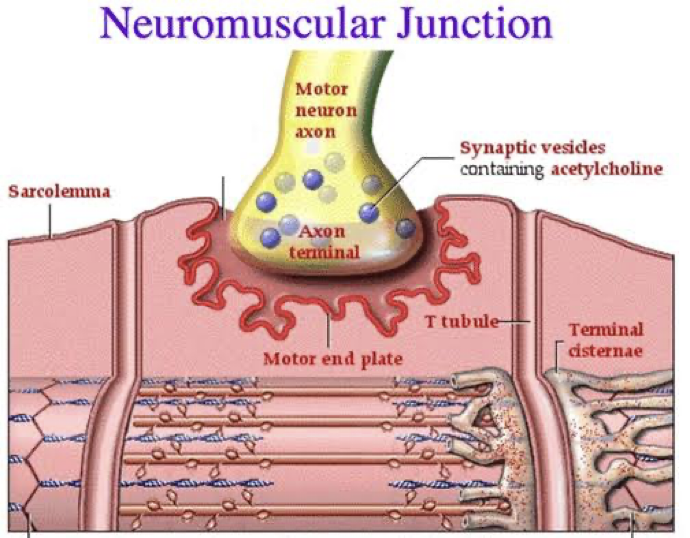How muscle contractions happen
Have you ever performed in a play, retelling the story of Romeo and Juliet through interpretive dance and just suddenly thought: how am I doing this? How am I moving in such intricate, beautiful and possibly embarrassing ways?
Forgetting for a moment the chemistry of your characters, what chemistry is happening inside that makes us move so? What secrets more powerful than Romeo and Juliets unfortunate binding are waiting to be revealed?
Well, you can wonder no longer!
You could probably just watch a really cool video on this…but hey, you’re here because you’re bored, and you like reading and looking at pictures, right? Besides I’m going to have fun seeing if I can really stretch out this love metaphor to explain the yawning complexities of this thing we do every second of every day.
Muscles: The move makers
Spanning the joint of two (or more) bones they contract, shortening so that they pull, flexing the joint and articulating the bones in whichever way the joint operates.
Muscle contractions are the heart of movement. They are the remarkable orchestration of biochemical processes, electrical signals, and intricate cellular structures. Let us observe action potentials, wonder at the anatomy of muscle fibres, and be amazed at the minute details of sarcomeres where the secret to movement will be unveiled!
But wait!
Before we look at how this play unfolds, we must first set the stage. This is an exploded breakdown of your muscle which I have absolutely no rights to. But this is for science. Or love. So it should be fine.

Whoa. Did that hurt your eyes looking at that? Forget about the naming of parts. You don’t need to know that.
Go back and look at the “muscle fibre” (or cell). See how it is made of smaller fibres? Those are myofibrils.
Stay with me, now. It’s a complex story, but myofibrils are like muscle fibre-fibres. The myofibril is where this whole love scene will be happening.
Action Potentials and the Neuromuscular Junction: The message from the divine…
Muscle contractions are match made in heaven. Or rather the nervous system. Every muscle contraction starts as an action potential—this is cupids arrow, the divine message of love that’s going to travel to the muscle via nerves (neurons).
To be specific the action potential is a brief electrical signal, a switching of salt (Na+) and potassium (K+) molecules in and outside the neuron (kind of, I think that’ll be another blog).
This action potential races down nerve towards the neuromuscular junction. The neuromuscular junction is the bit where the nerve finishes above the muscle cell (muscle fibre).
Here, acetylcholine (uh-SEE-tul-KOH-leen), a neurotransmitter, floods the gap between the nerve ending and the muscle fibre, and basically passes on that electrical signal of love from nerve to muscle!

Muscle Fibre Anatomy: The path to lovers…
Zooming into the anatomy of a muscle fibre reveals a sophisticated network designed for precision.
The muscle fibre is covered by a membrane called the sarcolemma. Within the that covering is the multitude of myofibrils.
As the action potential (or love message from the gods) traverses the sarcolemma, it tickles its way into the T-tubules. All that tickling makes the T-tubules cough up a heap of calcium which then floods deeper into the muscle cell, reaching those myofibrils.
To keep on with this metaphor I suppose you could say calcium is the friendly instigator, that one friend that realises the two couple that should be together.
Sarcomeres Unveiled: Contraction takes centre stage…
So, those myofibrils, well they’re basically made up of heaps of little contracting units called: sarcomeres (I know, this ‘sarco’ naming of things is getting confusing).

Those filaments (myosin and actin), they’re going to perform a little shortening dance.
Myosin loves actin. It wants to kiss it all over with it’s little paddle like heads. But it can’t because something is hogging actin all to itself.
Troponin. Troponin also loves actin. It spirals around actin like a selfish love meddling jealous type (or something).
Who saves the day? Remember all that calcium I mentioned earlier…it makes its way to troponin and binds to it.
“Come, I have something to show you over here,” it says, giving myosin and actin a knowing wink.
Troponin feels uncomfortable by this interference but can’t help but move, revealing the binding sites on the actin filaments. Those little tender spots myosin just can’t wait to caress.

Contraction: The Dance of Actin and Myosin
Finally! The elegant choreography of sarcomeric contraction.
There’s no easy way to explain this, the love metaphor is going to have to be put on hold as I just get plain technical with ya!
Myosin heads, protruding from the thick filaments, rise up to bind to these exposed sites on actin, forming cross-bridges. ATP (adenosine triphosphate) is a molecule that has 3 phosphates.
Simple.
ATP is our bodies energy molecule. ATP connects with myosin heads then undergoes “hydrolysis”, causing one of the phosphates to shoot off. This provides the push (energy) needed for the myosin heads to kiss their way along the actin filament.
(Ya! I did it. I fixed it up with the love metaphor. Although, I think its getting a bit gross).
As the myosin head pulls its way across the actin filament the sarcomere shortens. Think of thousands, maybe millions (I didn’t google the number) of these little sarcomeres shortening. All that microscopic shortening of little units results in the whole muscle shortening, pulling on the bone, and therefore moving the joint it crosses over!
The Importance of ATP
Just as quick aside: as long as ATP is available, the contraction cycle continues. Once ATP becomes limited, muscle relaxation ensues, and myosin releases its grip on actin. Then that troponin blocks the binding sites to stop myosin’s naughty caressing….Until the nervous system sends another action potential.
It’s important to note that although we need ATP for myosin to paddle its way along actin and create a muscle contraction, we also need it to release its hold on actin. If you love something, you must let it go (ok, that’s going to be my last. I promise).
Think about that the next time you’ve really fatigued yourself through exercise and your muscles start to spasm. You may have used ATP faster than you could make it (ATP is made constantly and is why breathing is so important!).
When ATP is depleted the muscle can’t let go!
Hmmm, that sounds like cramp….uh-oh, I feel another blog post coming on.